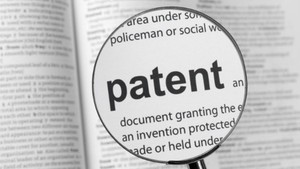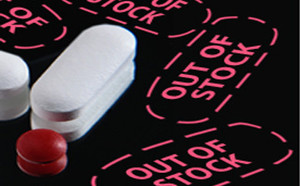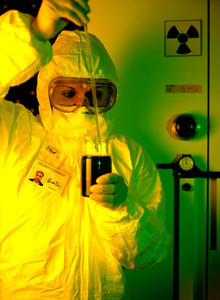Daniel Nam reviews the differences between intellectual property exclusivity (patents) and regulatory exclusivities (market exclusivity) in the US [1]. A patent is a grant of property right to an inventor for 20 years from the date of application. Market exclusivity is awarded to manufacturers of first-to-market brand products and excludes other manufacturers from marketing the drug product for a certain period of time, depending on the type of product. Nam explains that these tools are used by the US Food and Drug Administration (FDA) to achieve a balance between innovation and equitable access to medications.
Nam uses the metaphor of keys needed to gain access to market: the first is to gain the patent itself, and the second is to receive consent to market the product, by demonstrating safety and efficacy for public use. Since the Hatch-Waxman Act, the approval process for generics has simplified, with a greater focus on regulatory exclusivity. This, Nam argues, has created a ‘dance’ between generic and brand-named drug manufacturers, particularly in relation to biological products.
The main difference between patents and regulatory exclusivity, he explains, is that patents do not require action by the patent holder, whereas regulatory exclusivity is enforced by FDA. Patents aim to distinguish a product’s invention from past disclosures and can run for 20–25 years, whereas the regulatory exclusivity focuses on the drug product itself and can be of shorter duration. Products already in the public domain cannot be patented, but a manufacturer can be granted exclusivity for a product even if it does not hold the patent. A restriction of 14 years applies if the manufacturer has both patent and regulatory exclusivity.
Because of the complexity of producing an interchangeable product that is an exact replication of the originator drug, biological drugs are treated differently to branded and generic drugs. Under the provisions of the Biologics Price Competition and Innovation Act of 2009 (BPCI Act), alternative biologicals are designated as ‘follow on’ (highly similar to, and follows the same mechanism of action as, the reference drug) or ‘interchangeable’ (a higher level of exactness and replication with no clinically meaningful differences). Branded products are granted a 4-year exclusivity, preventing other manufacturers from applying for FDA marketing consensus and viewing their application data. They are also given 12-year marketing exclusivity. With an orphan drug, marketing exclusivity is usually extended by 7 years; however, with biological drugs that are also orphan drugs, a maximum restriction of 12 years applies.
The BPCI Act also established a patent dispute process, termed ‘the patent dance’. This was designed to balance the needs of biosimilar and originator companies in a dispute. In the Amgen vs Sandoz case, follow-on manufacturer Sandoz decided to accept a patent-dispute action to avoid the exchange. At federal appeals court, it was decided that the patent dance is optional for companies submitting a biosimilars application to FDA and that the 180-day notification of launch of the biosimilar must wait for FDA approval of market authorization.
Although this case has provided some clarification on the approval pathway, Nam suggests that follow-on manufacturers may now have less incentive to participate in the patent dance and may prefer to give the 180-day notice of launch so as not to relinquish proprietary information.
Reforms to regulatory-exclusivity terms have been proposed in Congress [2, 3]; however, Nam argues that these federal legislative bills fail to address the gap in the patent-dispute process for biologicals. Any real reform he argues should address both regulatory exclusivities and patents to create a synergistic effect.
Related articles
Factors affecting generics entry
Competition in the generics industry
References
1. Nam DJ. Patent and regulatory exclusivities: the two keys driving generic and follow-on market availability. US Pharm. 2016;41(6)(Generic Drugs Suppl):6-9.
2. H.R.3116 - MODDERN Cures Act of 2013 113th Congress (2013-2014).
3. H.R.6 - 21st Century Cures Act, 114th Congress (2015-2016).
Permission granted to reproduce for personal and non-commercial use only. All other reproduction, copy or reprinting of all or part of any ‘Content’ found on this website is strictly prohibited without the prior consent of the publisher. Contact the publisher to obtain permission before redistributing.
Copyright – Unless otherwise stated all contents of this website are © 2017 Pro Pharma Communications International. All Rights Reserved.








 0
0











Post your comment